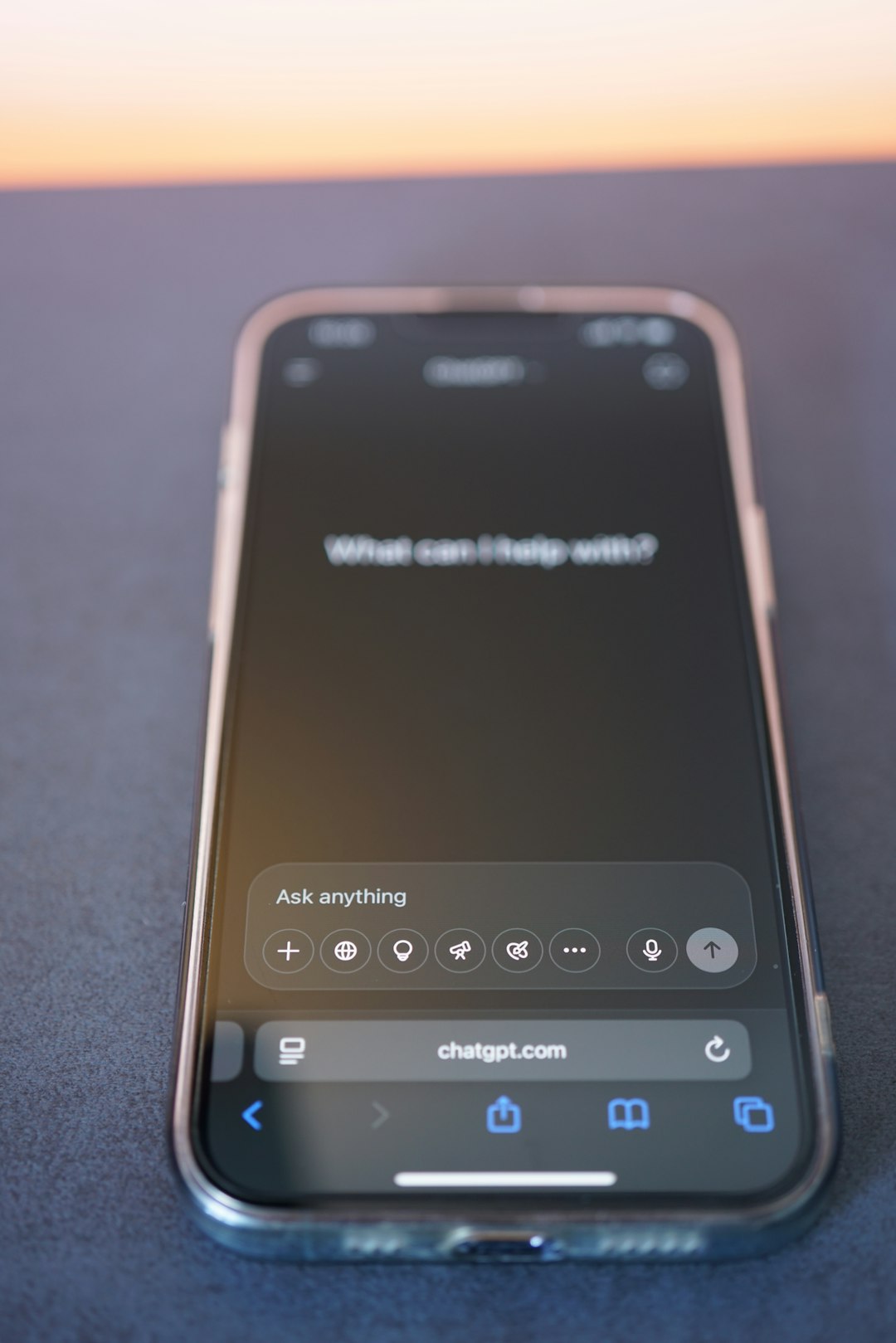Does ChatGPT Have a Gender? Here’s the Truth
5 min read
In today’s fast-evolving digital landscape, questions surrounding artificial intelligence often extend beyond functionality into philosophical and ethical territories. One of the more frequently asked questions among users, developers, and academics is: Does ChatGPT have a gender? The inquiry may seem straightforward on the surface, but the answer uncovers a rich tapestry of human psychology, linguistic design, AI programming, and cultural implications.
The Nature of ChatGPT
At its core, ChatGPT is an artificial intelligence model developed by OpenAI. It is a machine learning program that generates human-like text based on the data it was trained on. The system does not possess consciousness, self-awareness, or an identity. Therefore, in a literal, biological, and psychological sense, ChatGPT does not have a gender.
However, the way people interact with AI can reflect deeply ingrained societal patterns, and that’s where the question of gender becomes more than just a technical issue—it becomes a cultural one.
Why the Question of Gender Arises
Many people find themselves assigning a gender to ChatGPT during interactions. This is a reflection of how humans naturally anthropomorphize—attribute human characteristics to—non-human entities. There are several key reasons why this tendency occurs:
- Language and Pronouns: In many languages, including English, personal identification often necessitates the use of pronouns, many of which are gendered (he/him, she/her).
- Human Interaction Patterns: People are used to socializing and communicating with other humans, so when they encounter ChatGPT’s conversational ability, they instinctively filter it through social norms.
- Voice Integration: Though ChatGPT itself is text-based, its deployment across various platforms often includes a voice assistant component. The voice used—often male or female—can influence how users perceive the AI’s gender.
This social phenomenon is not new. Think of virtual assistants such as Siri or Alexa. These AI constructs have default female voices and are often perceived as female, which says more about societal norms and expectations than it does about the technology itself.

What OpenAI Says
OpenAI, the organization behind ChatGPT, has made it clear that the AI does not have a gender. In its documentation and public communications, the company consistently refers to ChatGPT using neutral language. The model has no physical form, no personal identity, and no experiences that would form the basis for gender identity. It is, formally and functionally, gender-neutral.
That said, OpenAI also acknowledges that gendered language, biases, and social norms can seep into how AI systems behave, because these systems are trained on large volumes of text from the internet—a space that includes both consciously and unconsciously gendered material.
How Bias Comes Into Play
One of the most important aspects of discussing AI and gender is recognizing that machine learning models can inadvertently absorb and reproduce gender biases that exist in training data. This is a critical area of concern because:
- It can reinforce harmful stereotypes.
- It may misrepresent diverse gender identities.
- It builds upon language models that were not designed with inclusivity in mind.
OpenAI and other companies are actively working to reduce these biases, but it remains an ongoing challenge. The broader question of algorithmic fairness extends beyond gender and into areas such as race, class, and geography.
Gender Neutrality in ChatGPT
When ChatGPT generates responses, it doesn’t use gendered pronouns for itself unless specifically instructed or guided by the user’s input. In standard interaction, it avoids making declarations that would ascribe gender to its identity. Here’s how ChatGPT typically handles identity-related queries:
- If asked “Are you a woman?” ChatGPT might respond: “I don’t have a gender; I am an artificial intelligence.”
- If instructed to role-play or adopt a character, it may use gender-specific language based on user prompt (e.g., “Pretend you’re a male detective”).
- When providing information, it strives to maintain inclusivity and sensitivity toward all gender identities.
These features are by design, aligning with ethical principles of neutrality and respect for diversity.
Voice Assistants: The Sound of Gender
One major factor in how users assign gender to AI involves voice. When ChatGPT is integrated into services that offer text-to-speech functionality, the default voice used can heavily influence gender perception. Research shows that female voices are often chosen for digital assistants because they are perceived as more “helpful” or “nurturing”—a stereotype with complex sociological implications.
Yet, designers and ethicists are now advocating for the use of gender-neutral voice options. Some tech companies have developed and implemented synthetic voices designed specifically to avoid gender connotations, such as the Q voice, which is pitched in a way to sound neither distinctly male nor female.

The Ethical Dimensions
The gendering of AI raises deeper questions in the realm of ethics and social responsibility:
- Should AI have a gender at all? Assigning a gender could perpetuate stereotypes or encourage unrealistic expectations of emotional labor from certain perceived gender categories.
- How does AI influence societal norms? If widely-used AI systems consistently reflect outdated gender roles, they may shape perspectives, especially among younger users.
- Is neutrality a solution or an oversimplification? In striving for neutrality, there is a risk of ignoring valid representation of non-binary identities, reinforcing the “default” notion of gender invisibility.
These are important considerations not just for AI developers, but for society as a whole. As users increasingly rely on AI systems, the messages conveyed—explicitly or implicitly—about identity, worth, and roles can have cascading effects.
Making AI More Inclusive
Creating more inclusive and less biased AI requires deliberate and ongoing effort. Developers and organizations must consider not just technical performance, but also social impact. Here are some strategies being adopted across the field:
- Inclusive Training Data: Curating diverse and representative datasets.
- Bias Audits: Conducting regular reviews of output for signs of bias or unintended stereotyping.
- User Control: Offering customizable voice and language options so users can choose how they experience AI.
- Transparency: Being clear about what the AI is, what it can do, and what it lacks—like gender or consciousness.
OpenAI has committed to transparency and ethical responsibility, but the journey toward fully inclusive AI is long and ever-changing.
Conclusion: A Mirror, Not a Person
ChatGPT does not have a gender. It is a machine learning model, a linguistic tool, and a product of computations—not biology or identity. However, how people perceive and interact with such technology is deeply influenced by their own cultural, linguistic, and social backgrounds.
Rather than thinking of ChatGPT as a person with a hidden or implied gender, it is more accurate—and ethical—to view it as a mirror. One that reflects human language patterns, biases, and behaviors back at us. In doing so, it compels us to examine our own assumptions and to design technology that aligns with the values of equality, respect, and inclusivity.
The truth is simple but powerful: ChatGPT does not have a gender, but how we treat AI says a great deal about our own society.



